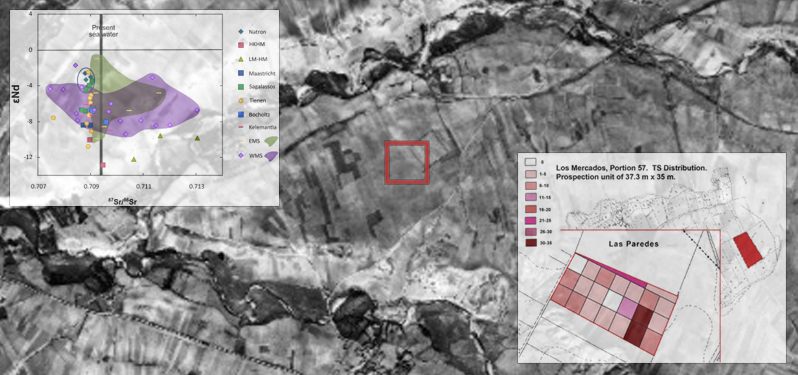The Geochronology Service collaborates in a study to decipher the origin of Roman glasses found in Segovia
The Geochronology Service has recently collaborated with a group of physicists and archaeologists in the characterisation, by means of chemical and isotopic analytical techniques, of Roman glasses (from the 1st to the 3rd century AD.), found in the Roman city of Duratón (Segovia)
The collaboration of the Geochronology Service with researchers from the UAM and CSIC has resulted in a publication, which shows analytical results that complement existing archaeological information. The analytical and isotopic methods used in this work provide valuable chronological information, as well as about the provenance of glasses fragments found in the Roman city of Duratón (Segovia). The PIXE-PIGE (Particle Induced X-ray/Gamma-ray Emission) and ID-TIMS (Isotope Dilution Thermal Ionization Mass Spectrometry) techniques have enabled the differentiation of the glasses found in four groups, where the majority would correspond to the typical Roman glass rich in sodium (Natron Type), manufactured between the 1st and 3rd centuries AD, as previously concluded from studies in other glasses found in the Iberian Peninsula.
The analysis of the isotopic composition of strontium (Sr) and neodymium (Nd) confirms the compositional similarities of the glasses found in Segovia with others found in Barcino, Lyon or in the Iulia Felix wreck. These results suggest that the original production of the Roman glasses found was carried out in areas located in the Eastern Mediterranean.


